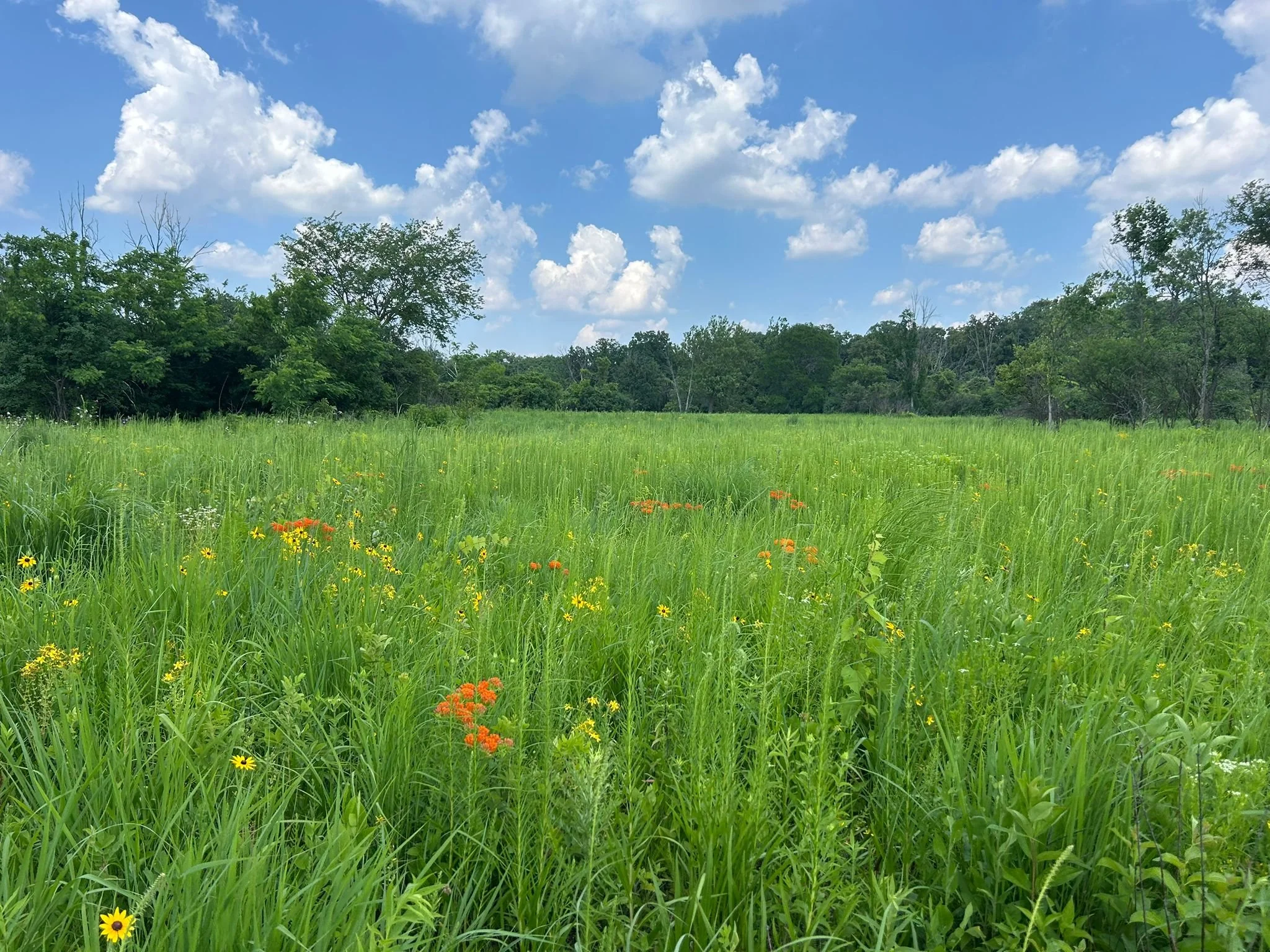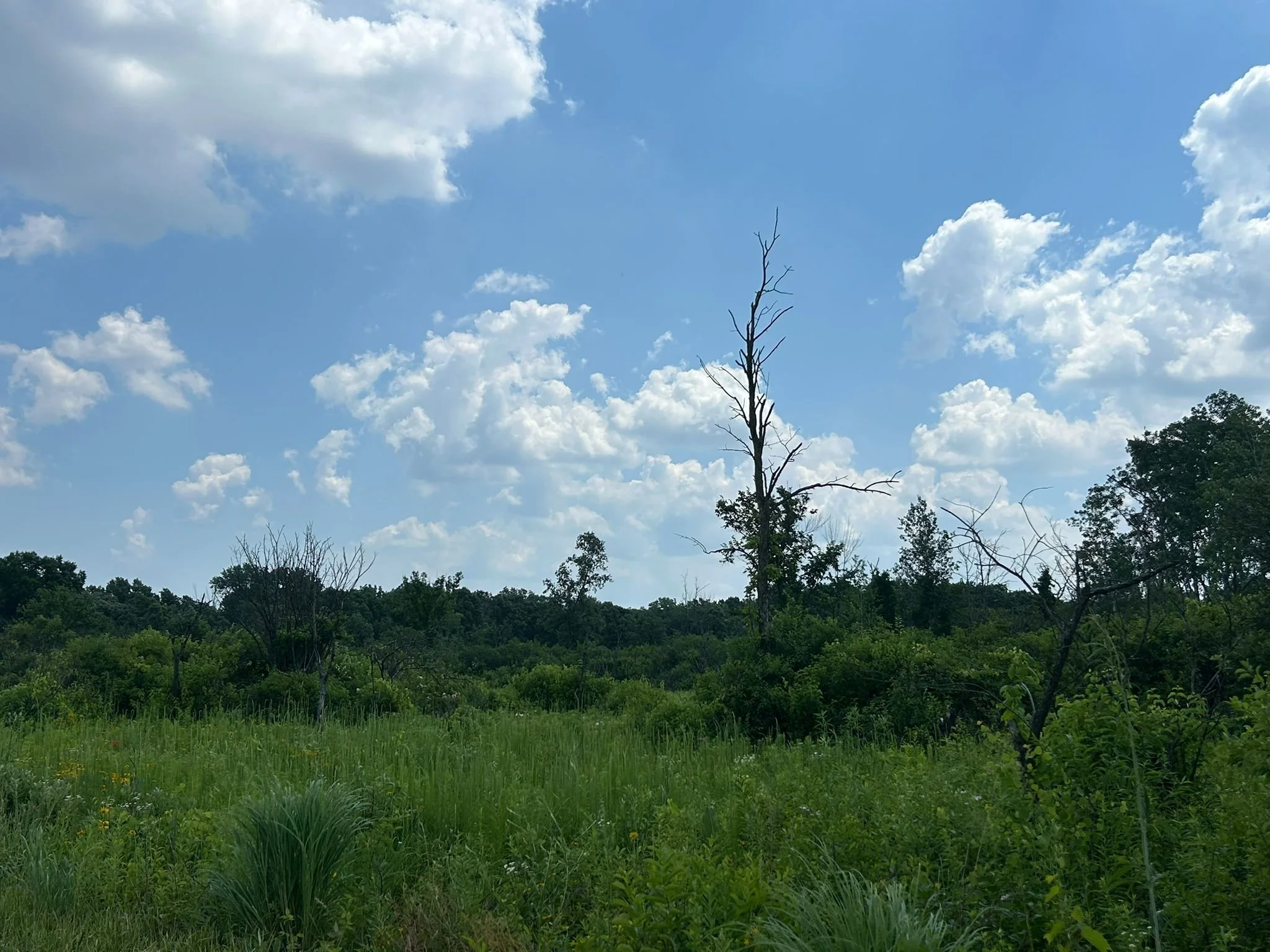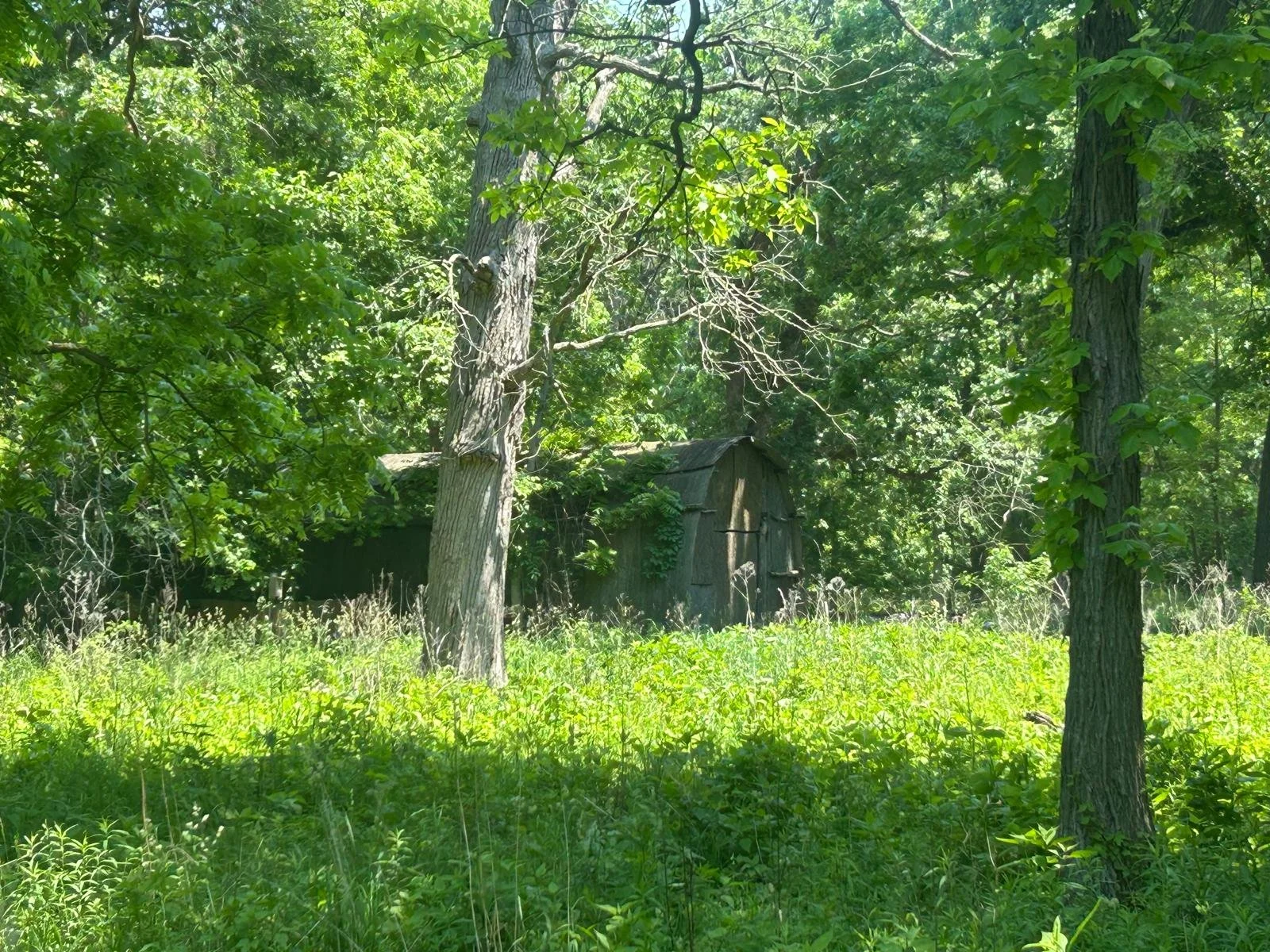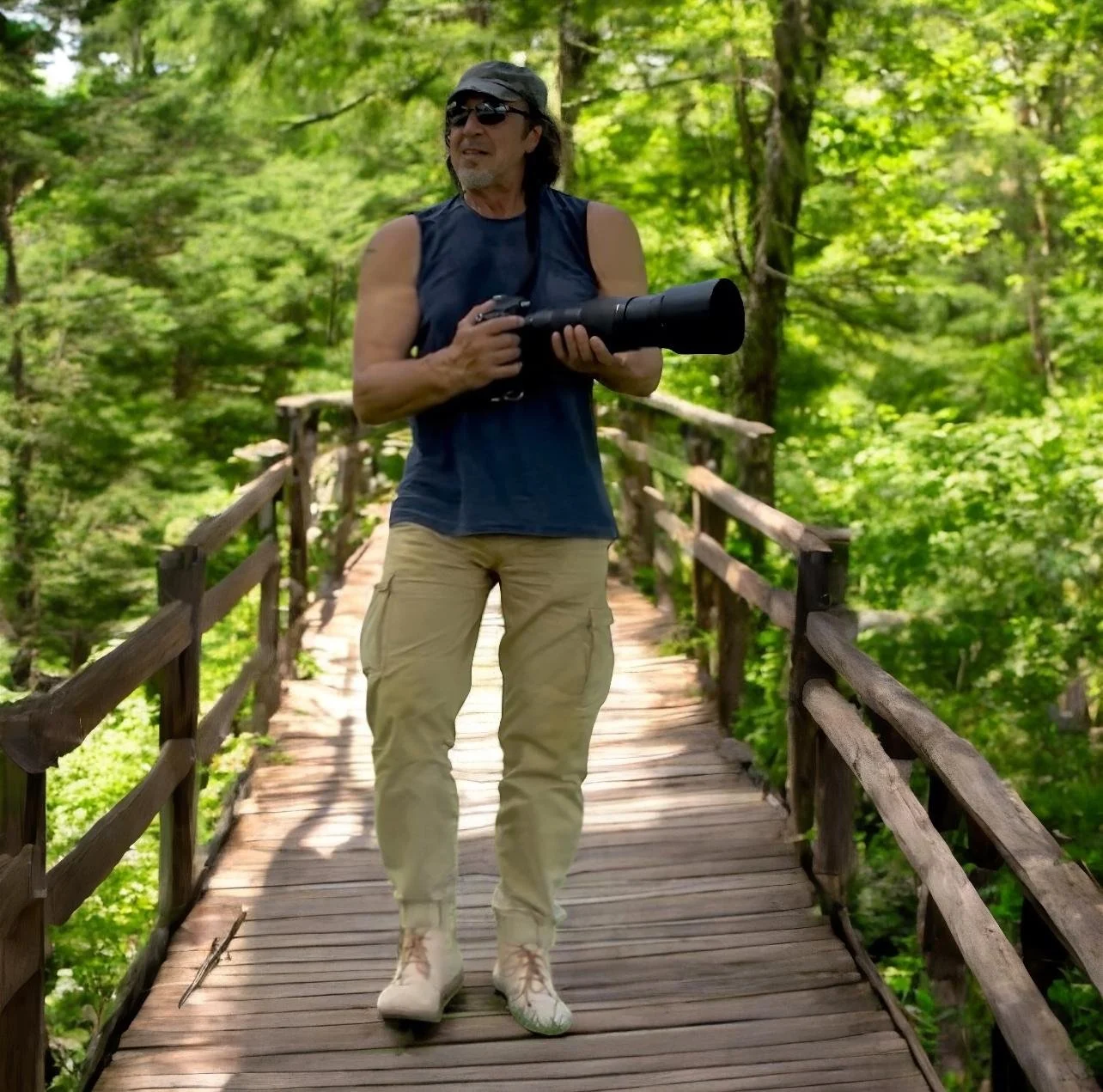The Silent Aftermath: How Fireworks Create Wildlife Photography Dead Zones
The Vanishing Act
Picture this: You arrive at your favorite photography location the morning after July 4th, camera ready, expectations high. You’ve walked this trail dozens of times, know every deer path, every squirrel highway, every bird roost. But today? Nothing. Eleven kilometers of empty forest. No deer browsing the meadow edges. No squirrels chittering in the canopy. Even the birds—audible but invisible—seem to have retreated into an alternate dimension.
Sound familiar?
The Acoustic Battlefield
What we witnessed isn’t wildlife disappearing—it’s wildlife responding to what essentially amounts to acoustic warfare. Those celebratory explosions that light up our night sky trigger primal survival responses refined over millennia. To a deer, that percussive boom isn’t patriotic fervor—it’s potential death from above.
The science is stark: fireworks generate sound levels between 150-175 decibels at close range. For context, that’s louder than a jet engine. While we humans retreat indoors or wear ear protection, wildlife endures this sensory assault with no refuge, no understanding of its temporary nature.
The Exodus Strategy
When the first mortars launch, here’s what unfolds in the wild:
Deer and large mammals implement immediate evacuation protocols, often traveling 3-5 kilometers from the disturbance source. Their flight isn’t random—they follow established escape routes to predetermined safe zones, places where sound doesn’t reverberate as harshly.
Small mammals like squirrels and raccoons adopt bunker mentality, seeking the deepest, most insulated shelters available. Their normal foraging rhythms collapse into pure survival mode.
Birds showcase the most sophisticated response: tactical silence. They remain present but invisible, communicating through minimal vocalizations while avoiding any exposed positions. It’s aerial guerrilla warfare—stay low, stay quiet, stay alive.
The Photographer’s Predicament
This creates a unique challenge for wildlife photographers. We’re not just dealing with temporary absence—we’re navigating a fundamentally altered ecosystem operating under emergency protocols. The animals haven’t vanished; they’ve gone tactical.
Understanding this behavioral shift becomes crucial for post-fireworks photography strategies. Those “empty” locations aren’t actually empty—they’re filled with hypervigilant subjects operating in stealth mode.
Recovery Rhythms
The timeline varies by species, but generally follows predictable patterns:
- 24-48 hours: Minimal activity, maximum vigilance
- 3-5 days: Gradual return to normal territories
- 1-2 weeks: Full behavioral normalization
Weather, habitat density, and proximity to human population centers all influence recovery speed.
The Bigger Picture
This phenomenon extends beyond Independence Day. New Year’s Eve, local festivals, even construction projects create similar disruption patterns. For wildlife photographers, recognizing these acoustic impact zones becomes essential field craft.
A Question for Fellow Photographers
Have you experienced similar post-fireworks photography dead zones?
I’m curious about your observations:
- How long does the wildlife absence typically last in your area?
- Do you notice species-specific recovery patterns?
- Have you developed strategies for photographing during these “silent periods”?
- Does the habitat type (urban edge, deep forest, wetlands) affect recovery time?
Share your experiences in the comments. Understanding these patterns collectively might help us better predict and adapt to these acoustic disruptions, potentially turning challenging conditions into opportunities for different types of wildlife photography—perhaps focusing on the subtle signs of life rather than dramatic wildlife encounters.
After all, even in silence, the wild tells stories. Sometimes we just need to listen differently.
When Plan A Fails: The Photographer’s Pivot
Of course, as any seasoned photographer knows, you don’t return from an 11-kilometer trek empty-handed. When the wildlife vanished into their acoustic bunkers, I pivoted to something entirely different—updating my profile shots. Sometimes the best photography sessions are the ones that force you out of your comfort zone and into unexpected territory.
What’s your take on post-fireworks wildlife photography? Have you noticed similar patterns in your local shooting areas?






